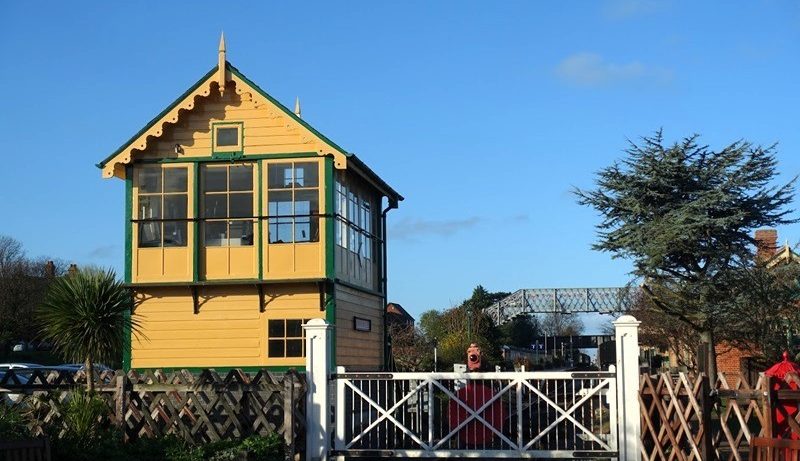Discover the stunning beauty of Britain’s coastline with our comprehensive A-Z guide to coastal cities, towns, and villages. This resource is designed for travelers, adventurers, and anyone looking to explore the diverse and picturesque seaside destinations that the UK has to offer. From charming fishing villages to vibrant coastal cities, our guide covers a wide range of locations, each brimming with its own unique character and allure.
Navigating the guide is simple. You can scroll through the alphabetical list of coastal destinations, making it easy to find the perfect spot for your next getaway. Each entry provides essential information, including key attractions, local history, and travel tips, helping you plan your visit and make the most of your coastal adventure. Whether you’re interested in discovering hidden gems or popular tourist spots, this guide caters to every type of traveler.
As you explore the guide, you’ll encounter a variety of stunning landscapes, from rugged cliffs and sandy beaches to serene marshlands and bustling harbors. Each location offers its own unique experiences, making it easy to plan trips that cater to your interests, whether you prefer relaxing by the sea or engaging in active pursuits.
Ultimately, the A-Z guide to coastal cities, towns, and villages serves as your key to unlocking the wonders of the British coastline. Embrace the spirit of exploration and start planning your next seaside adventure today. With so much to see and experience, the coast awaits you!
Coastal Cities, Towns, Villages A - Z
Author: Julian Marks

